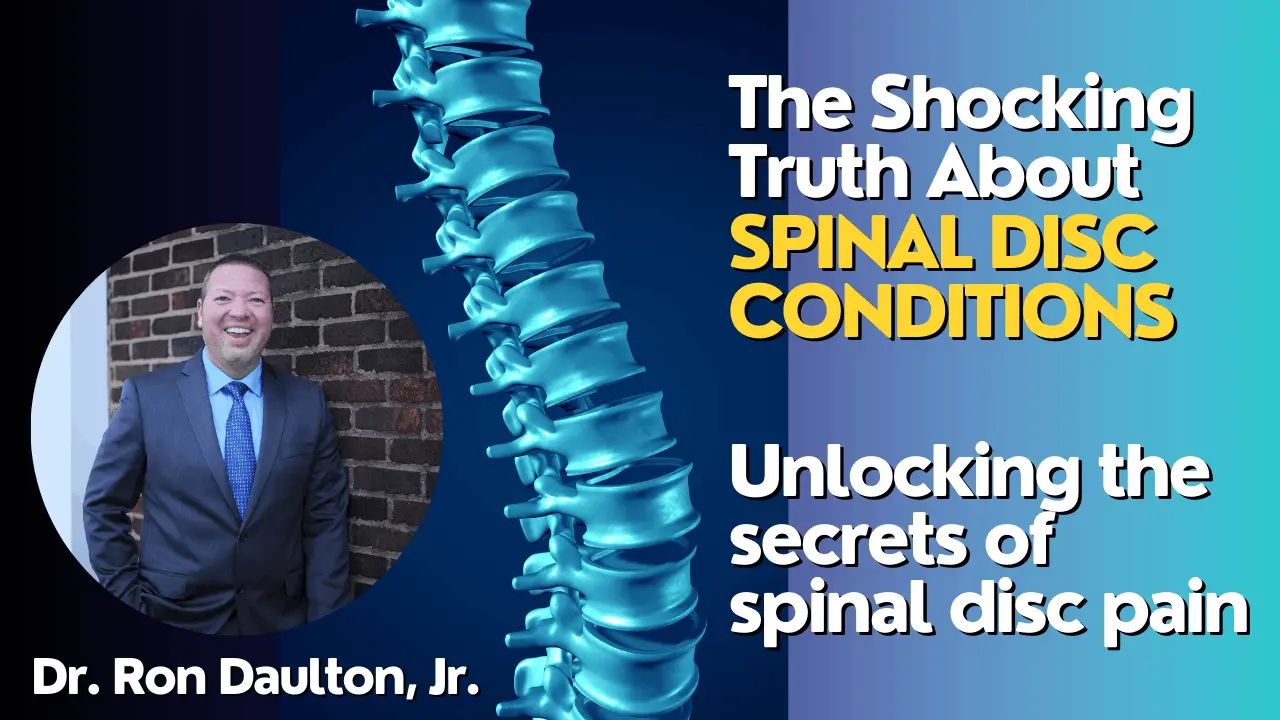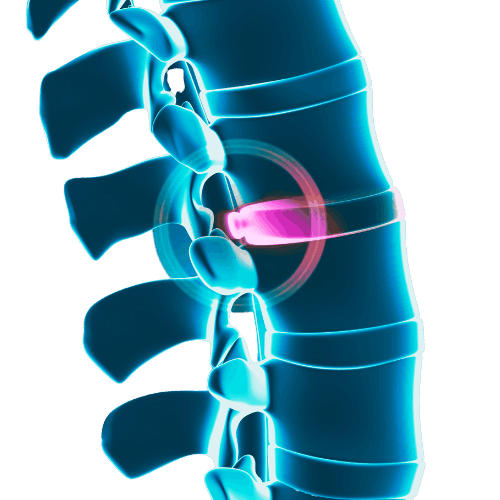This Video Reveals
The Step-by-Step Journey To Overcome Spinal Disc Pain
Once And For All...
What if I told you there’s a proven way to ease the relentless pain from conditions like a herniated disc, bulging disc, or degenerative disc disease?
A way to step out from the shadow of pain and reclaim the active life you love?






